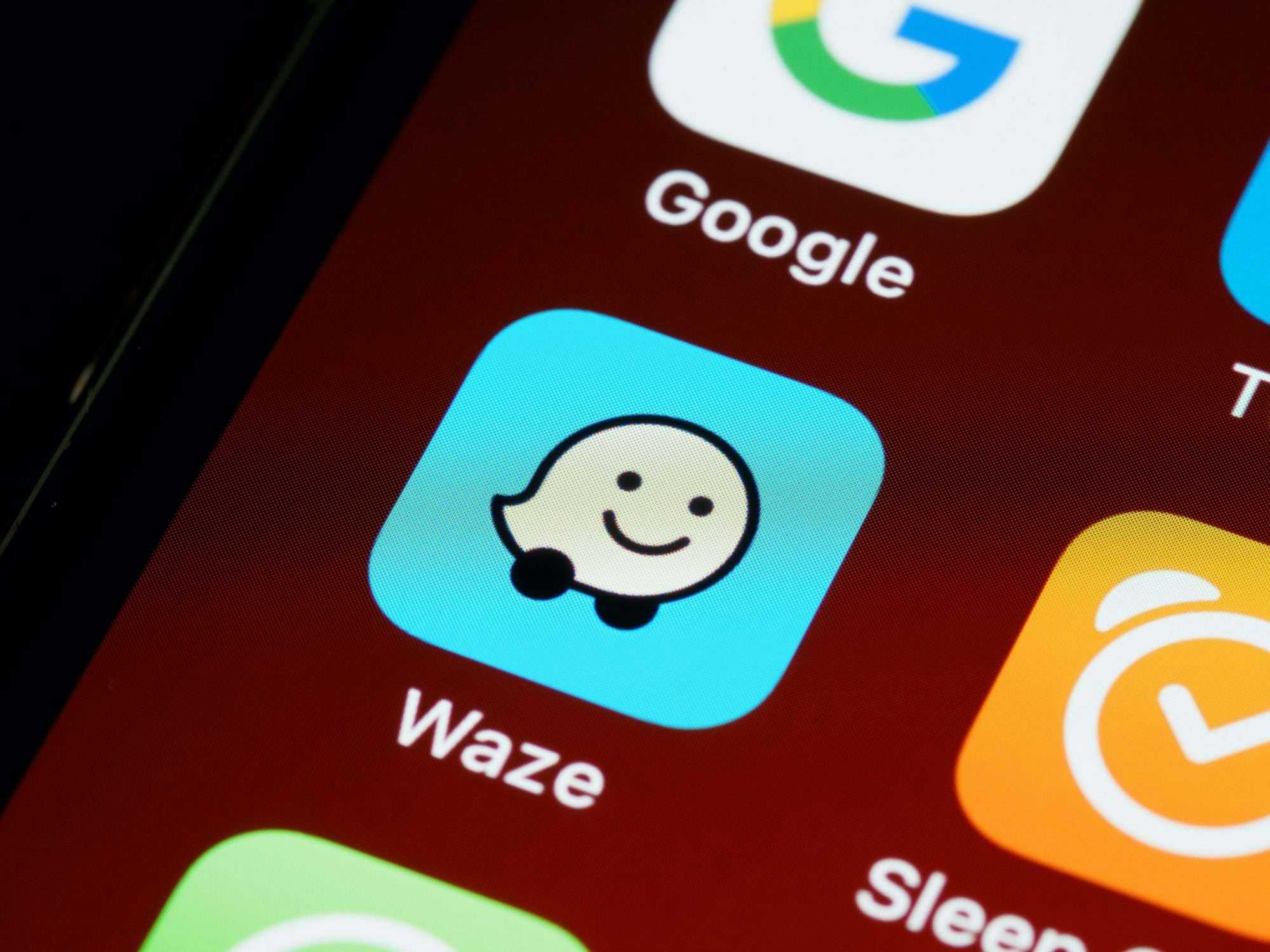BY KAHA G. – 14 YEARS OLD
On Thursday, December 22nd, 2022, Toronto was awaiting a deadly storm that had already impacted the U.S. According to Denver, Colorado they recorded the coldest temperature since 1990, dropping to -24. It was the coldest temperature ever recorded since 1990. With the new unbearable temperatures we’re faced with, we still have to navigate and continue with our lives. Driving might seem impossible, but with Waze, you obtain the upper hand.
What is Waze you might ask? Well, Waze is a feature that lets drivers know if they’re heading toward an unplowed road. Since our latest storm, it was recorded that weather hazards by Waze drivers had increased by 8.6%. That resulted in Toronto traffic decreasing by 21.7% on January 16th-17th, 2022 compared to January 9th-10th, 2022. Not only did the traffic drop in Toronto, but in: Ottawa (-23.5%), Hamilton ( -26.9%), Kitchener-Cambridge-Waterloo Metropolitan Area (-15.0%), and London (-6.4%). People don’t want to risk driving, but as always we have a life to live.
Amazingly for you, Waze provides extra services too! Such as: roadside help, panning your drive, sharing your drive, child/pet reminder, gas station feature, and railroad crossing alerts.
Roadside help allows you to call for road assistance from fellow Wazers. There’s a button you press to let other Wazers know you are out of gas, you have a flat tire; a battery issue; or a medical issue. Drivers can press others the type in their issues directly.
Planning your drive helps you check for alternate routes. You’ll be able to see how long each route takes and what the traffic dilemma looks like. This tool helps drivers map out their driving plans up to a week in advance, to leave accordingly to traffic severity.
Sharing your drive allows loved ones to follow your drive in real-time and see when you arrive safely at your destination, which is indicated with a solid green line.
Child/pet reminder and alert you get after every drive to check on your fellow travellers before leaving your car in the cold.
The gas station feature notifies you of nearby gas stations, and gas prices in your specific location. Wazers can search for the cheapest areas from where they are.
Finally, the Railroad crossing alert: This feature will alert drivers when approaching the railroad crossing, and to proceed with caution. When this happens a banner will appear on your app. Not only does it put your safety first, but educates you on the risks associated with railroad crossings.
Stay safe out there folks, and Happy Holidays!

